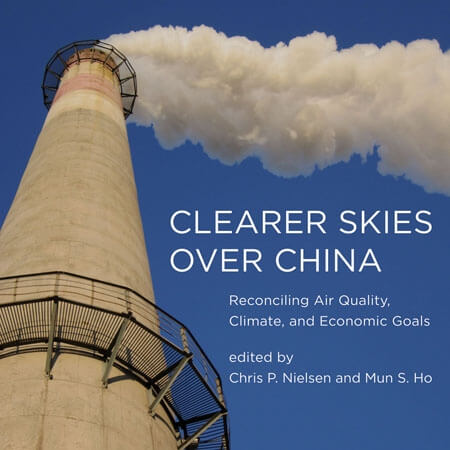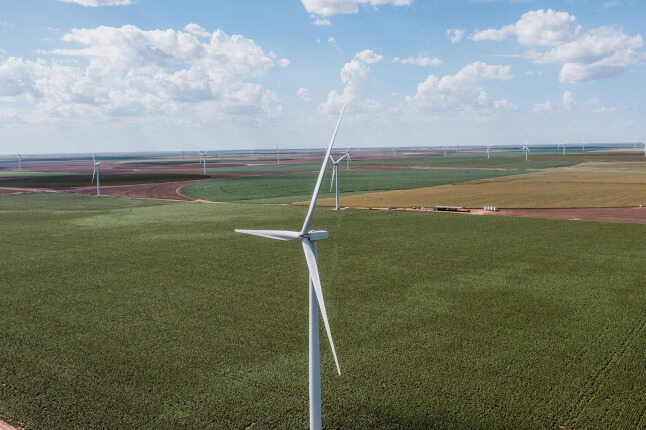News
Chris Nielsen and Mun S. Ho, experts on China's energy, environment, and economy, led a major collaborative study (with Harvard and Tsinghua University), which they present in a book called called "Clearer Skies Over China" (MIT Press).
Chris Nielsen, Executive Director of the Harvard China Project, has been studying energy and pollution for years. His project links economics with atmospheric science, examining the impact of emissions controls on air quality and climate. The following is an op-ed, coauthored with visiting scholar Mun S. Ho, that appeared in the New York Times on October 25.
In the northeast Chinese city of Harbin last week, the air pollution was so thick that schools were closed, traffic became gridlocked and flights in and out of the metropolis were canceled. For years, severe air pollution and rising carbon emissions have been downsides to China’s economic growth, even as that growth has lifted more than 600 million people out of poverty.
It may come as a surprise, then, that China has spent enormously to reduce air pollution and to limit carbon dioxide emissions, the main driver of climate change. In fact, its investments to decarbonize its energy system have dwarfed those of any other nation. And its forceful regulation to reduce sulfur dioxide emissions from power plants may be one of the most swiftly effective air pollution policies ever implemented anywhere. Those emissions fell sharply from 2006 to 2010, according to a new study by Chinese and American researchers that we took part in, preventing as many as 74,000 premature deaths from air pollution in 2010.
So why are China’s efforts at emissions control falling short?
Read the entire piece in the New York Times
Topics: Environment, Climate
Cutting-edge science delivered direct to your inbox.
Join the Harvard SEAS mailing list.
Scientist Profiles
Chris P. Nielsen
Executive Director, China Project, Harvard SEAS



